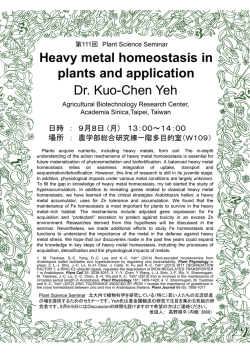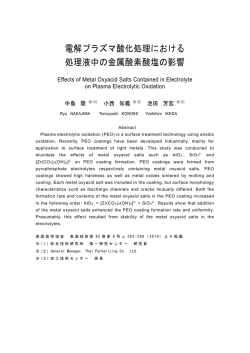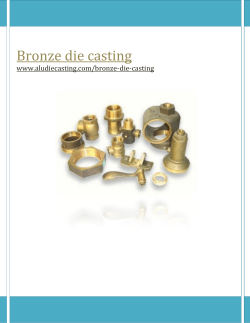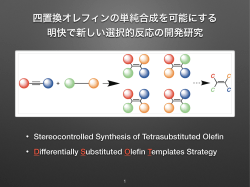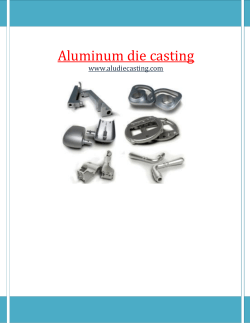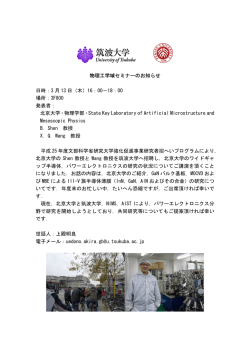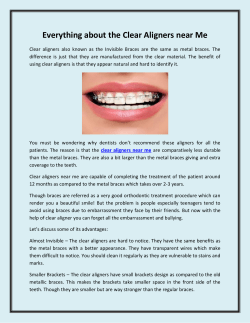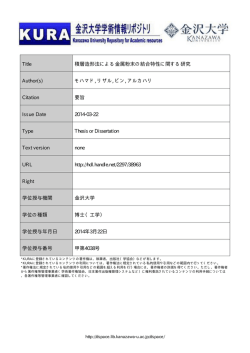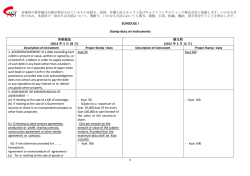
化学英語(第7回)
K15-02 Chemical English Lesson ㈱アイテス 清野 智志 Hi, everyone. Welcome to Chemical English Lesson. How have you been? This is the seventh lesson. Eight months’ve passed already since starting. Time flies. コンタクト部 Well, this time, the theme is about a bond between olefin and the transition metal. This is very very important. so , you might wanna understand it perfectly. As usual, I’m gonna translate and give you technical explanations. Are you ready? OK, Let’s check it out ! 見 つ め る と 視 えOlefins bind to transition metals via π orbitals by donating electron てdensity into the empty metal d-orbital. くBut, as olefins are weak bases, the bond has to be stabilized by るanother bonding contribution. The bond gets stability by the donation of electron density from the metal. ア イ テ TRANSLATION ス オレフィンは、その電子密度をπ軌道を通して金属の空d軌道に提供することにより、遷移 金属と結合する。 分 しかしながら、オレフィンは弱塩基のため、その結合は他の結合の寄与により安定化させ 析 る必要がある。その安定化は、金属からの電子密度供与により得られる。 技 術 TECHNICAL EXPLANATION 遷移金属は、触媒としてよく利用される。 有機物質の電子過剰部、または非共有 電子対等を、遷移金属の空軌道dへ供 与することにより結合ができるのである が、これは、配位結合である。d軌道は、 遷移金属の核から距離があるため、そ れゆえ核陽子からの束縛が小さく、結 合力としては弱い。その弱結合性を利 用し側鎖が規則正しく整列したポリマーを 得る重合触媒としての役割を果たす。 H2=CHCH3(PP) polymerization ( )n ( )n
© Copyright 2024
